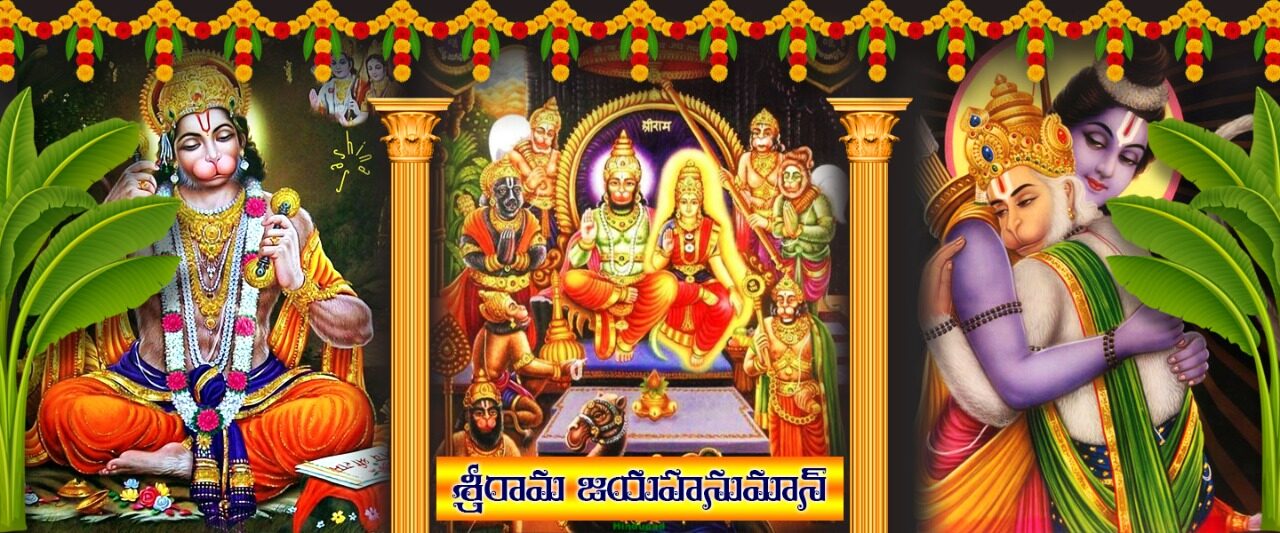Sapta Sindus which were said to be the root for ‘Hapta Hindu’ were described in the Rigveda mantra as “imamme gange yamune saraswati sutudri stomam sachata parushnya Asiknya Marudvridhe vitastayaarjeekeeye runohya sushomya”. Sapta sindhus are seven rivers called Ganga, Yamuna, Saraswati, Sutudri, Marudvridha, Aarjeekiya and Sushoma. This ‘Sapata Sindhu’ word can be found in Rikmantres (1-35-8) like, ‘astouvyakhyat kakubhah prithivya stree dhanva yojanaa sapta sindhoona’. The people who lived in those areas of sindhu were known as Sindhus and gradually become ‘Hindus’. Since the ‘Hindu’ word is taken by all well known languages, that name only become permanent. That way the Hindu word, even though it got stabilized through ‘Sapta Sindhu’ or indenpendently formed, is a very ancient one and holy one. It has got many meanings and many explanations.
[wp_campaign_1]
In ‘Vriddha smriti’ which belonged to the fourth century B.C., it is said ‘himsayaa dooyate yascha sadacharama tatpara; vedago pratimaa seveesa hindu mukha varna bhak’. From this it is known that the Hindu was one who felt sorrow at violence, follower of good traditions and worshipper of the Vedas, cows, idol of deities. Like wise, since it is said, ‘himsaya dooyate chittam – tena Hinduriti smritahah’ – Hindu is one who feels are distress at the violence of three forms, physical, mental and verbal. The first literaray epic ‘Ramayana’ came from the first literary poet Valmiki to explain clearly the definition of Hindu. This great Ramayana gave us Sri Ram who got the title “Ramo Vigrahavan Dharmah” – Rama is the embodiment of dharma itselt. Valmiki’s heart was the real Hindu heart which felt anguished at the killing of krouncha bird by the hunter. From that heart, the sloka ‘manishada’ emerged involuntarily and that sloka was the root cause for ‘the Ramayana’ which mirrors the Hindu heart.
In ‘Barhaspatya Sastra’ belonging to the fourth centure A.D., it is mentioned that the land that spread from ‘Himalayas to Indusarovaram” (Hindu maha samudram, Indian Ocean) and that was built by the deities as this Hindu land. ‘Himalayan samarabhya – yavadindu sarovaram; taddeva nimitam desam – Hindu sthanam prachakshate’. That is why this is also called as deva bhoomi. From this, we can understand that those who live in this Hindu bhoomi are known as Hindus. This country is like navel to Brahma’s creation. That is why this has also got the name of ‘Ajanatha’.
[wp_campaign_2]
In Meru tantra also, just as in Vriddhasmriti, it is said ‘heenam cha dooshayatyeva Hindu rityuchyate priye’ – Parama Siva explains to Parvati that the Hindu is one who castigates lowness. This Merutantra treatise contains the mantras got by Kartaveeryarjuna as ‘siddhi’. In ‘Parijatapaharana’ drama of eleventh century A.D., it is said ‘hiresti tapasa papan – dahikaan dusta manasan; hetibhihi satruvarghascha – sa Hindu rabhideeyate’ – Hindus are those who destroy their bodily and mental sins through penance and eliminate their enemies with their swords. Among the definitions which declare the significance of the word ‘Hindu’, there is one in ‘Madaha Digvijayam’ of 14th century A.D. which say ‘Omkara moola mantradhyah punarjnama dhridhasaya go bhakto Bharata guruhu – Hindurhimsaka dooshakah’. Hindu is the one who considers Omkara as moolamantra, has the faith in rebirth, is devotee of cow, has ‘Bharata Desam’ as ‘Gurusthana’ (teacher’s place) and detests violence.
[wp_campaign_3]







Be First to Comment